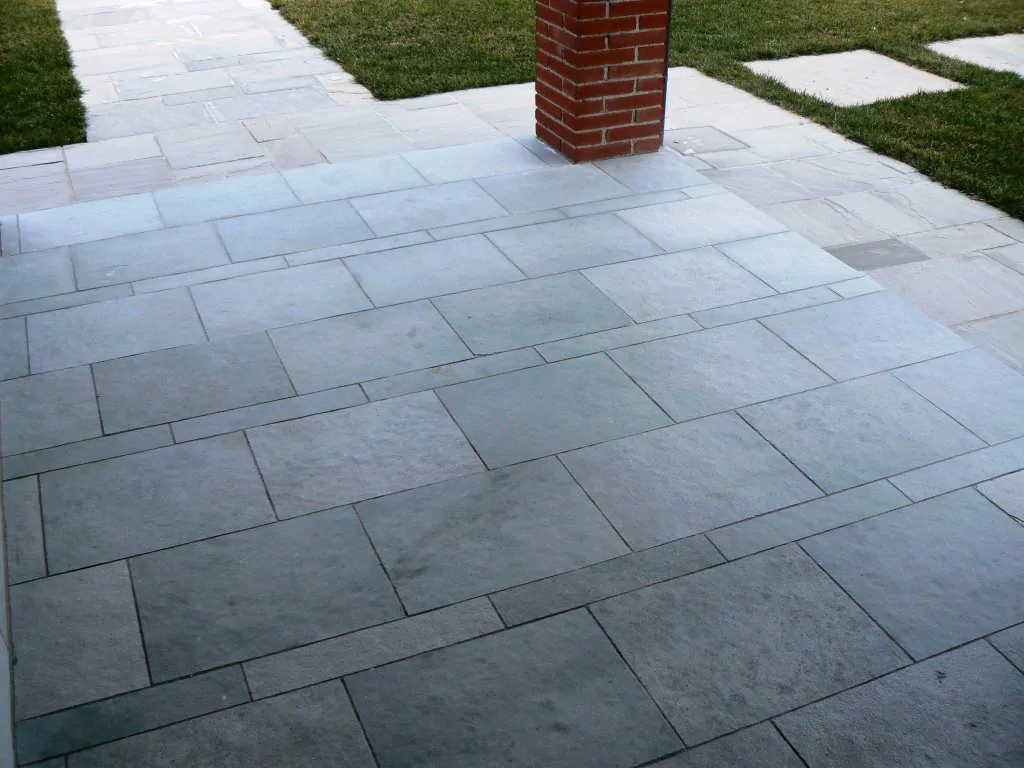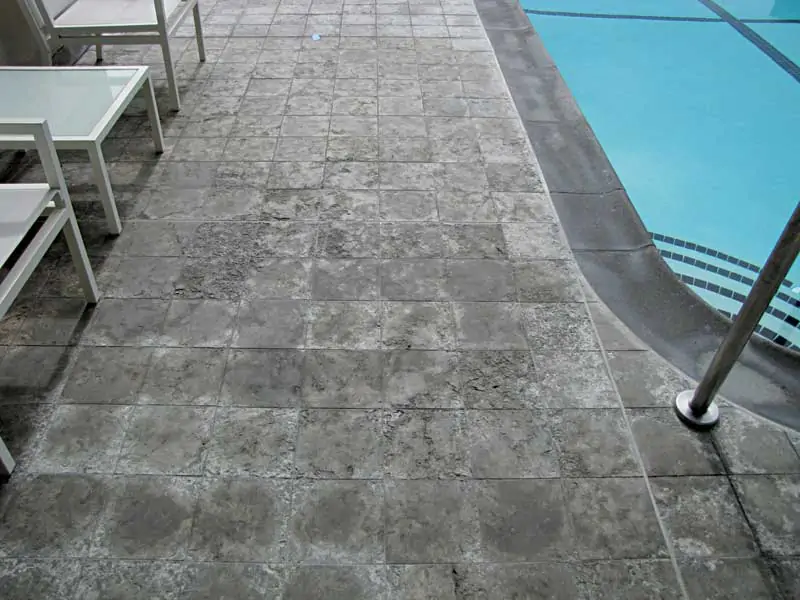For a majority of homeowners and contractors, choosing the proper kind of limestone that will look excellent and survive for decades may be a major hassle. The selection procedure may take several weeks for certain clients.
Selecting the appropriate color can seem easy enough, yet it can still be challenging. If we have a few hot, sunny days, a dark limestone may absorb heat and become too hot to walk on, but a very pale limestone may be blinding in the sun.
The issues can get worse in the winter because the stone needs to be able to withstand strong frosts; even limestones with a lot of density might become damaged.
However, many distinct limestones are appropriate; you simply need to know what you’re searching for. Here’s when having a reliable source is crucial. You must consult various lime exporters of the chosen stone in the finish you intend to use for your project in order to feel secure in your choice. Different surface treatments can significantly change the appearance of certain limestones. For example, a surface with greater texture would typically appear lighter in color, though this can be changed with a sealer that enhances color.

What does limestone mean?
Limestone is essentially a kind of sedimentary rock. Although dolomite may be present, calcite and aragonite make up the majority of its composition. It originates from the precipitation of these minerals from calcium-containing water.

Limestone makes up around 10% of sedimentary rock, and the majority of limestone on Earth originated in marine conditions. There are deposits everywhere in the planet. Since limestone is soluble in rainwater and can be exposed over wide stretches of land, these regions erode to produce karst landscapes with cave systems. Up to 10% of the minerals in limestone are quartz and clay. Although there are frequently fossils in limestone, there are typically very few organic matter deposits.
Typically, limestone has a color between white and grey. On the other hand, unusually high organic matter-rich limestone can be nearly black. Limestone that has iron or manganese traces gives it a yellow to red hue. Chalk is the most porous form of limestone, and density is based on porosity. Not that you would decorate your terrace with chalk!
What are the applications of limestone?
Limestone has several applications. It can be used for patios and other types of paving, as well as aggregate and as a decorative element in rock gardens. In addition, it is utilized to make cement, a necessary component of concrete, and as a paint and toothpaste filler.
Limestone is an enduring material for construction. It has thousands of years of use in architecture. In fact, limestone is used in the construction of many of the greatest buildings in the world, such as the White House, the Houses of Parliament, the Empire State Building, and the Egyptian pyramids.
How to choose the right sandstone for patio paving?
You might choose from hundreds of various limestone pavers to use for your patio from different limestone exporters. Because limestone pavers come in a variety of colors, textures, and porosities, you may create a variety of looks and discover something that will work well for your home.
Color
Color could be a key consideration when choosing pavers. The color of limestone ranges from cream to red, from green to blue, and from nearly white to dark grey. It is important to remember that darker colors will gradually but distinctly fade. You have the option of selecting uniformly colored pavers or combining various tones.

Porosity
Although there isn’t much variation in the porosity of limestone pavers, light-colored pavers tend to be more porous than those with darker hues since they are less thick. Although variations in porosity have no effect on durability, limestone with higher porosity is more likely to change color when wet. They also tend to stain more easily.

Texture
The texture of limestone also varies. The surface of most pavers is polished and smooth. In order to provide a consistent surface texture, limestone can also be thermally treated, or burned at a high temperature. When limestone gets wet, it gets more slippery the smoother it is. Cut, split, tumbling, or chiselled edges are all possible.

Does limestone patio need sealing?
Applying sealant to your limestone patio is highly recommended. If left untreated, the stone’s chemical composition guarantees that it will age and fade more quickly than other paving materials like sandstone. By sealing your pavers, you can prolong their color retention by shielding them from the weather. Additionally, sealing will lessen the likelihood that spills may result in stains or discoloration.
What are the advantages of using limestone?
For a number of uses, such as patios, roads, and domestic walks, limestone is a very popular option. It makes sense when you take into account the material’s advantages.
- Robust, long-lasting stone that can tolerate high traffic.
- Resistant to frost
- Pets and barefoot strolling are made possible by this insulating stone, which never gets too hot or cold.
- The range of colors available guarantees that you may design the ideal aesthetic for your outdoor area.
- You have even more options thanks to a range of textures.
- It is simple to carve limestone into a wide range of sizes and forms.
- Minimal upkeep.
- Natural, plentiful substance.
What are the possible patterns that can be created using limestone?
You can construct a wide range of patterns and styles with a limestone patio. With the wide variety of colors, textures, and sizes that limestone pavers come in, the possibilities are endless. It is possible to create consistent patterns, random patterns, sleek, modern designs, and more conventional patios. You can use several tones of the same color or just one when creating your design.
Rectangular Slabs
The pattern produced by a two-course running bond is comparable to brickwork. When laying rectangular slabs, the joints between the different courses, or rows, should line up. Alternatively, you can use slabs of varying sizes to form a three-course running bond, with joints matching in every third course. This produces a patio that feels a little less formal. Modern properties are ideally suited for the tidy, uniform appearance that running bonds create.
Square Slabs
A running bond made of square slabs is slightly different and gives a formal vibe that works well with modern homes. Smaller patios may find this pattern too cluttered unless huge slabs are used.
Stack bond
The joints in each row of the stack bond arrangement line up like squares on a chess board. Smaller gardens benefit greatly from the classic sense that a stack bond arrangement offers.
Random
Because limestone slabs come in such a wide variety of colors, sizes, and textures, you can create a variety of patterns and casual styles that are appropriate for older homes like country cottages. You might use a different pattern for every course or go through the same slab sequence more than once. You can switch up the courses, but you could even create a patio with a completely random layout.
Hire a professional if you lack a keen sense of pattern recognition. Not only will they have a talent for developing a design that truly works, but because they will work intuitively, they will finish the project faster than you could.
The Conclusion
It would be difficult to locate an outside area where limestone isn’t a fantastic choice. You can discover limestone slabs that are precisely the right color and texture for your home. Limestone is a beautiful and durable material that can create an amazing patio that will last for many years.
